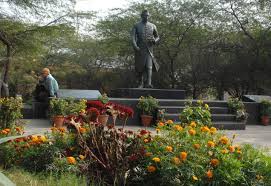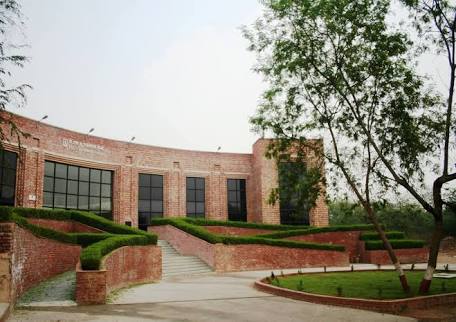About JAWAHARLAL NEHRU UNIVERSITY, New Delhi

Young at forty two years, as universities go, what has lent strength and energy to Jawaharlal Nehru University is the vision that ideas are a field for adventure, experimentation and unceasing quest and diversity of opinions its chief premise. In the early 1970s, when JNU opened its doors to teachers and students, frontier disciplines and new perspectives on old disciplines were brought to the Indian university system. The excellent teacher-student ratio at 1:10, a mode of instruction which encouraged students to explore their own creativity instead of reproducing received knowledge, and an exclusively internal evaluation were a new experiment on the Indian academic landscape; these have stood the test of time. The very Nehruvian objectives embedded in the founding of the University, national integration, social justice, secularism, the democratic way of life, international understanding and scientific approach to the problems of society had built into it constant and energetic endeavour to renew knowledge through self-questioning.
The once rugged terrain of the Aravali hill range, where the 1000 -acre campus is housed is now lush green. Parts of it host dense forests, sustaining a birdwatcher's paradise and some forms of wild life.

The JNU campus is a microcosm of the Indian nation, drawing students from every nook and corner of the country and from every group and stratum of society. To make sure that this is so, annual admission tests are simultaneously held at 37 centres spread across the length and breadth of the country, and special care is taken to draw students from the underprivileged castes and ethic groups by reserving 22.5 per cent of seats for them. Overseas students form some 10 percent of the annual intake. Students' hostels and blocks of faculty residences are interspersed with one another, underlining the vision of a large Indian family.
Even as class room teaching and, work in the library and the laboratories have their share in the mode of instruction, personal interaction between students and teachers and among students themselves form an extremely important and lively medium of generation and transmission of knowledge. Sometimes high decibel disputes about the validity of theoretical premises or cultural substructures of a particular scientific or economic thesis do spill over from the class and hostel rooms onto the middle of the campus roads, at times causing traffic bottlenecks. Happily, these have never caused a road accident! The annual Students Union elections are conducted entirely by students. Fierce poster and cartoon wars, verbal duels and competitive yet peaceful group meetings are a viewers' delight during the elections. Violence is the only alien on the campus.
Several Centres in these Schools have been declared by the UGC to be Centres of 'Excellence'. These are Centre for Historical Studies, Centre for the Study of Social Systems, Centre for Political Studies, Centre for Economic Studies and Planning, Centre for the Study of Regional Development, all in the School of Social Sciences. In addition three Science Schools--School of Physical Sciences, School of Life Sciences and School of Environmental Sciences have also received the UGC recognition as Centers for Excellence.